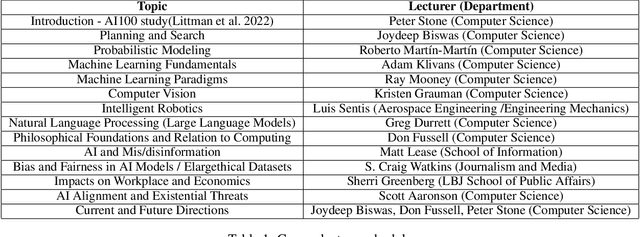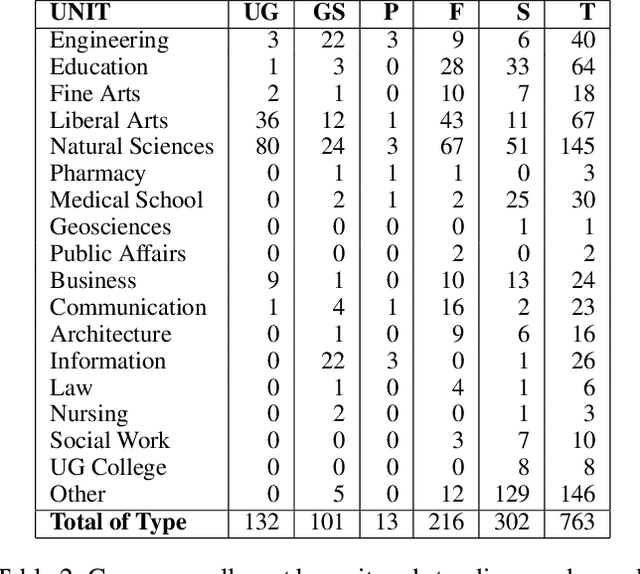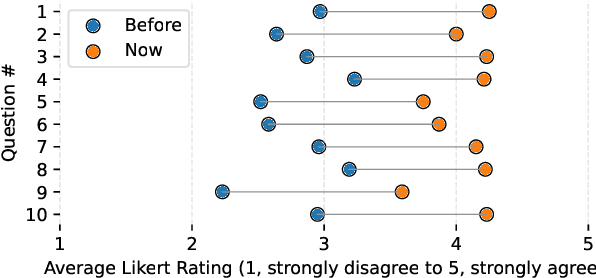Don Fussell
The Essentials of AI for Life and Society: An AI Literacy Course for the University Community
Jan 13, 2025



Abstract:We describe the development of a one-credit course to promote AI literacy at The University of Texas at Austin. In response to a call for the rapid deployment of class to serve a broad audience in Fall of 2023, we designed a 14-week seminar-style course that incorporated an interdisciplinary group of speakers who lectured on topics ranging from the fundamentals of AI to societal concerns including disinformation and employment. University students, faculty, and staff, and even community members outside of the University, were invited to enroll in this online offering: The Essentials of AI for Life and Society. We collected feedback from course participants through weekly reflections and a final survey. Satisfyingly, we found that attendees reported gains in their AI literacy. We sought critical feedback through quantitative and qualitative analysis, which uncovered challenges in designing a course for this general audience. We utilized the course feedback to design a three-credit version of the course that is being offered in Fall of 2024. The lessons we learned and our plans for this new iteration may serve as a guide to instructors designing AI courses for a broad audience.
Increasing Behavioral Complexity for Evolved Virtual Creatures with the ESP Method
Oct 27, 2015



Abstract:Since their introduction in 1994 (Sims), evolved virtual creatures (EVCs) have employed the coevolution of morphology and control to produce high-impact work in multiple fields, including graphics, evolutionary computation, robotics, and artificial life. However, in contrast to fixed-morphology creatures, there has been no clear increase in the behavioral complexity of EVCs in those two decades. This paper describes a method for moving beyond this limit, making use of high-level human input in the form of a syllabus of intermediate learning tasks--along with mechanisms for preservation, reuse, and combination of previously learned tasks. This method--named ESP for its three components: encapsulation, syllabus, and pandemonium--is presented in two complementary versions: Fast ESP, which constrains later morphological changes to achieve linear growth in computation time as behavioral complexity is added, and General ESP, which allows this restriction to be removed when sufficient computational resources are available. Experiments demonstrate that the ESP method allows evolved virtual creatures to reach new levels of behavioral complexity in the co-evolution of morphology and control, approximately doubling the previous state of the art.
 Add to Chrome
Add to Chrome Add to Firefox
Add to Firefox Add to Edge
Add to Edge